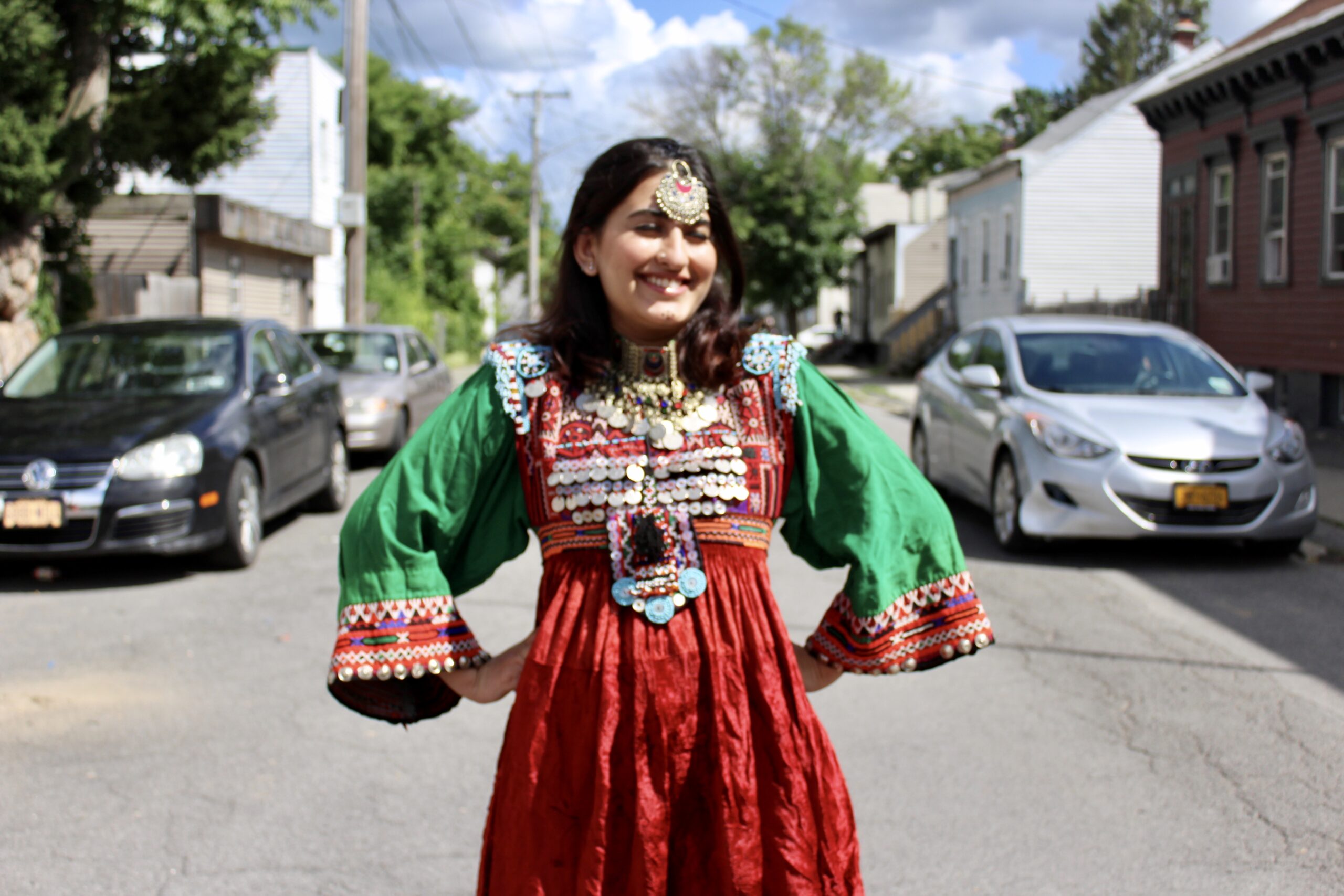
Comments and photos provided by the Refugee Center in upstate New York… The Heart of a Community Albany, New York is both the center of the capital region and home to a number of diverse communities. Organizations like the West Hill Refugee Welcome Center (RWC) work tirelessly to create opportunities for its members, as well […]
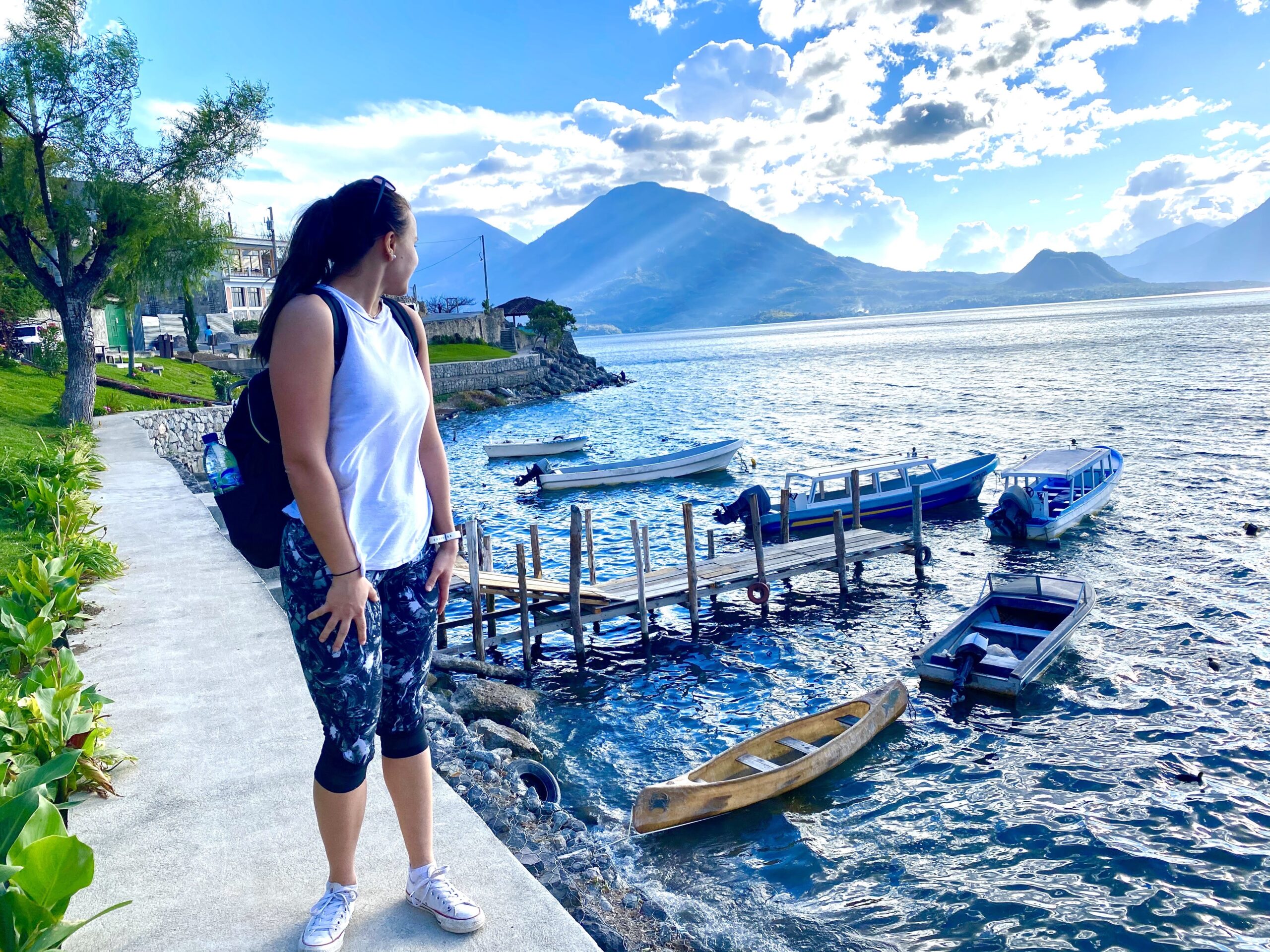
More than Just Memorable The more I travel, the more I find myself seeking meaningful, not simply memorable, travel experiences. This desire has taken me down the path of researching how to travel sustainably, considering the footprint that I have left on past trips, and even partaking in immersion travels where the focus is on […]
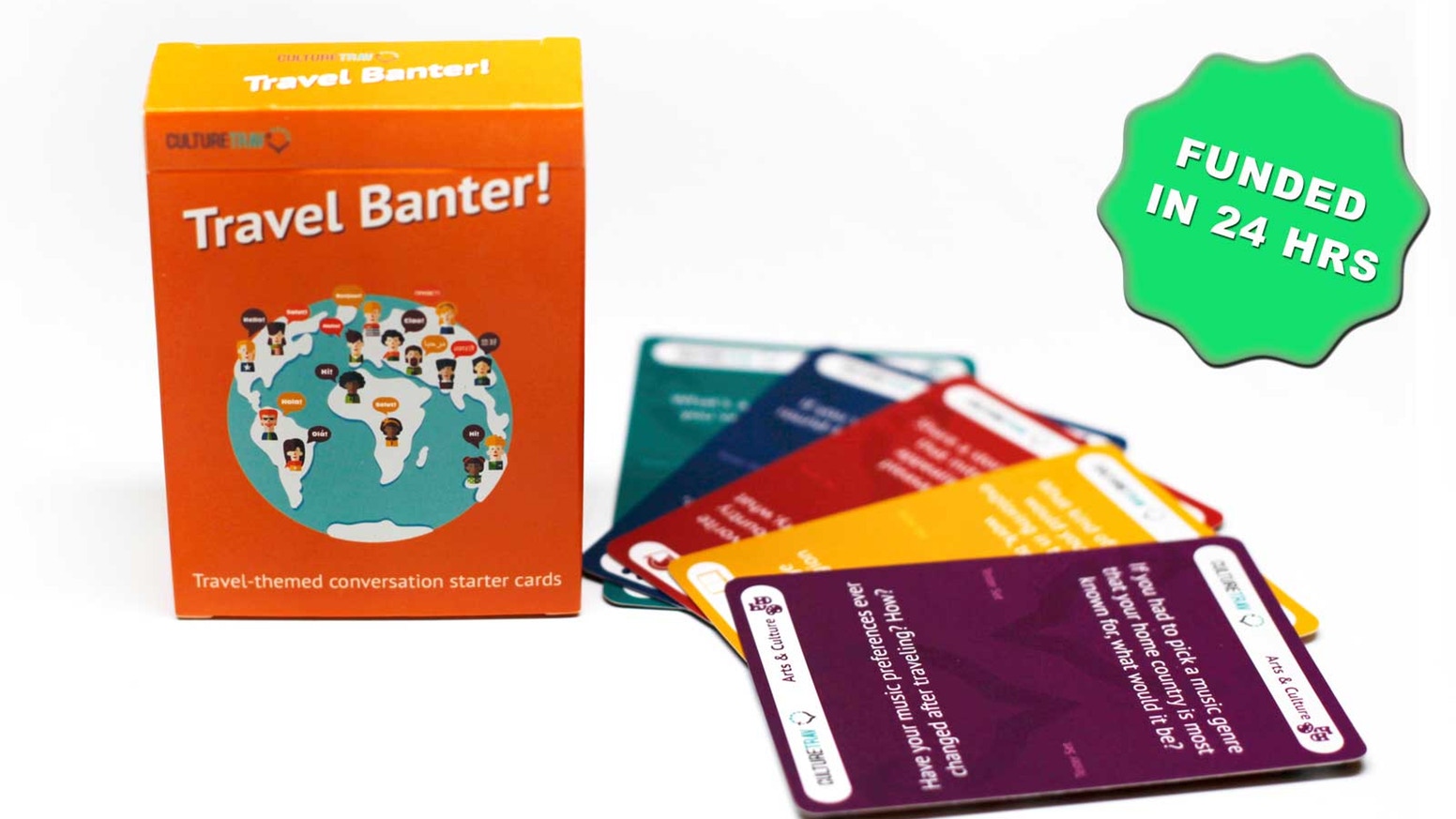
“Do I need a conversation starter?” It’s not an uncommon question. We want to get know people better, have genuine connections, and be closer to each other. Whether it’s a friend of a friend, a traveler we meet, a colleague, an acquaintance, or even our friends at home. But, sometimes we don’t know what to ask, […]

Many travelers claim that the spirit of Bali has the power to seep into your unconscious mind and radically change your thoughts, beliefs, and actions. If you are capable of finding a sense of awe in watching colored puffs of incense rise from small flower offerings and centuries-old Balinese temples scattered throughout stunning natural settings, […]

For some travelers, a ‘holiday/ vacation’ is synonymous with a relaxing time, or maybe just another break to do nothing and just chill. While I also had the option for the same, I decided to do something different and take a volunteering journey to Nepal. I had no idea how it would turn out to […]
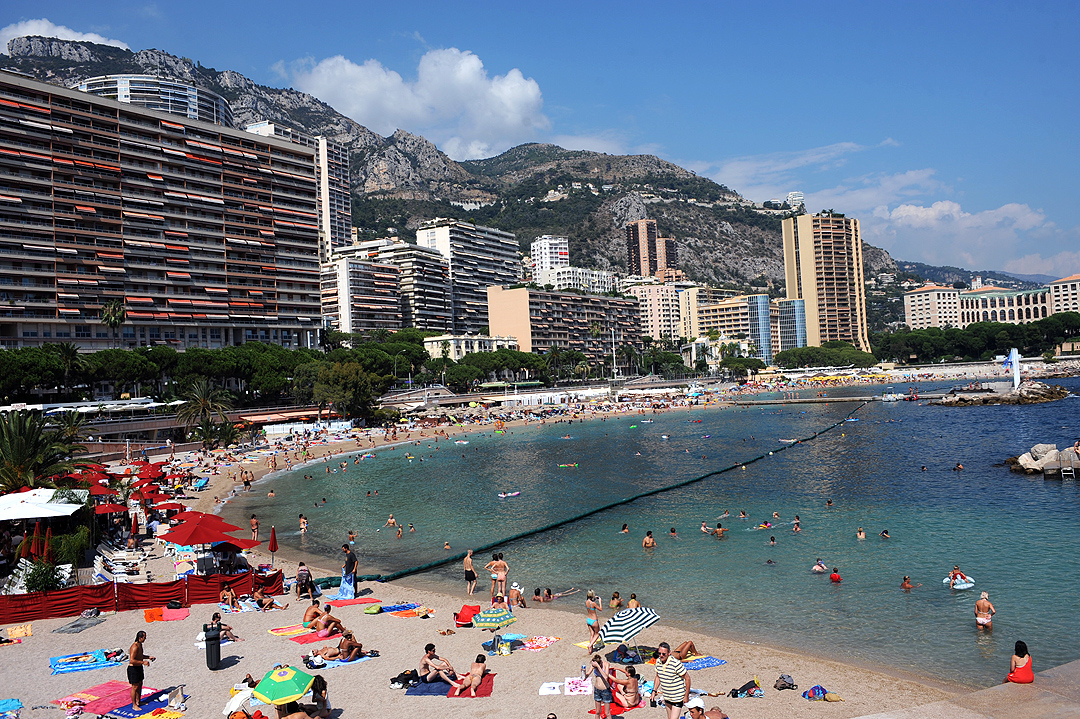
There aren’t many places in the world that give off a clearer air of luxury than Monte Carlo. Because of this, a lot of people write it off as a place they’ll probably never actually visit. But this is actually a mistake! Yes, it’s a luxurious destination. Getting there can be expensive, and some of […]
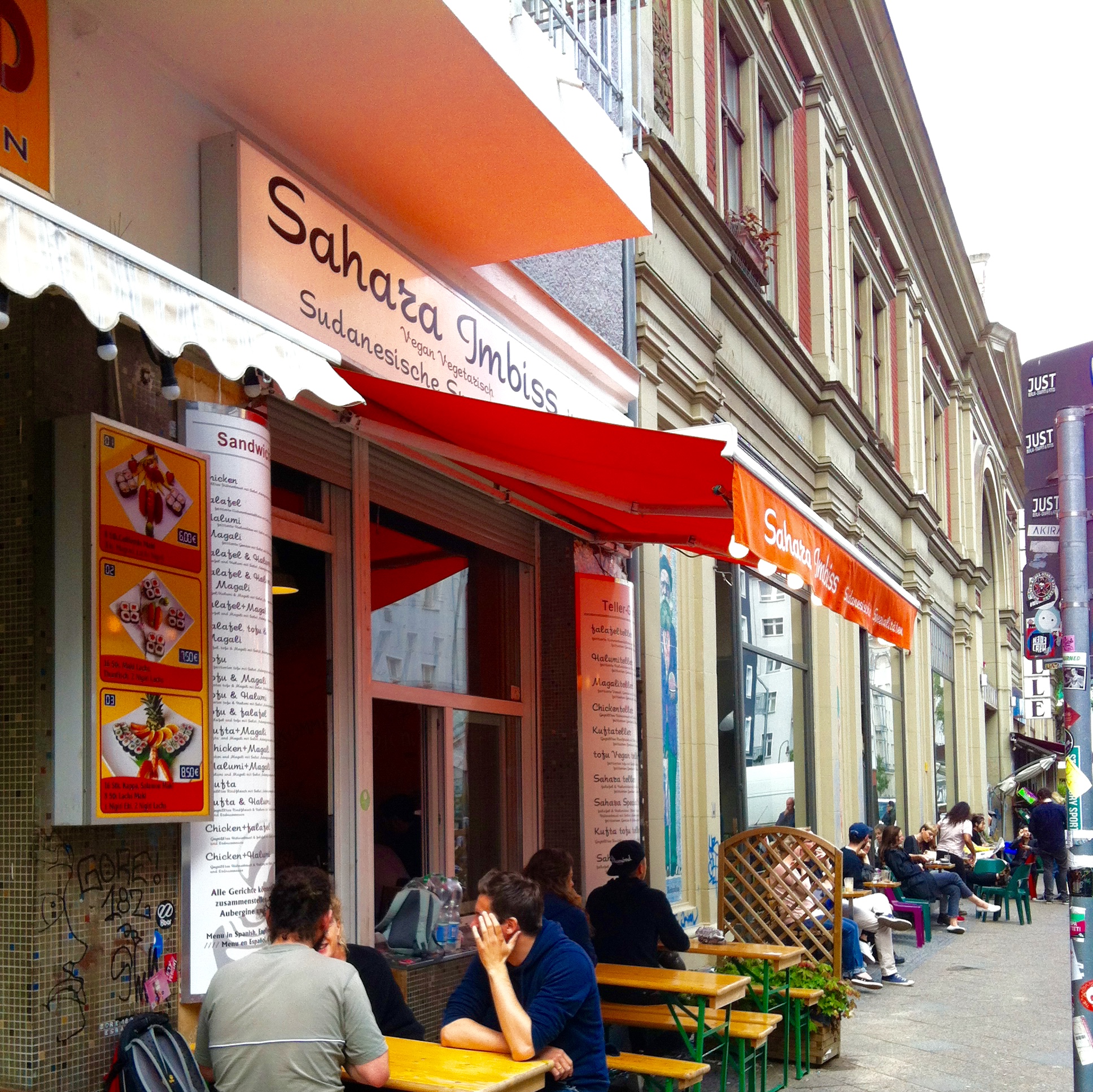
If there is anything to take advantage of in Berlin, besides exploring its rich history and plethora of museums, it would definitely be the food culture. Berlin is a diverse city with residents from all over the world, which creates a very unique opportunity to have all of these culinary traditions at your fingertips. I […]

“Education is the most powerful weapon which you can use to change the world.” ? Nelson Mandela. What is ‘Education’? This might sound like a very easy question and everyone is well versed with how the Oxford Dictionary defines the term – “The process of receiving or giving systematic instruction, especially at a school or […]
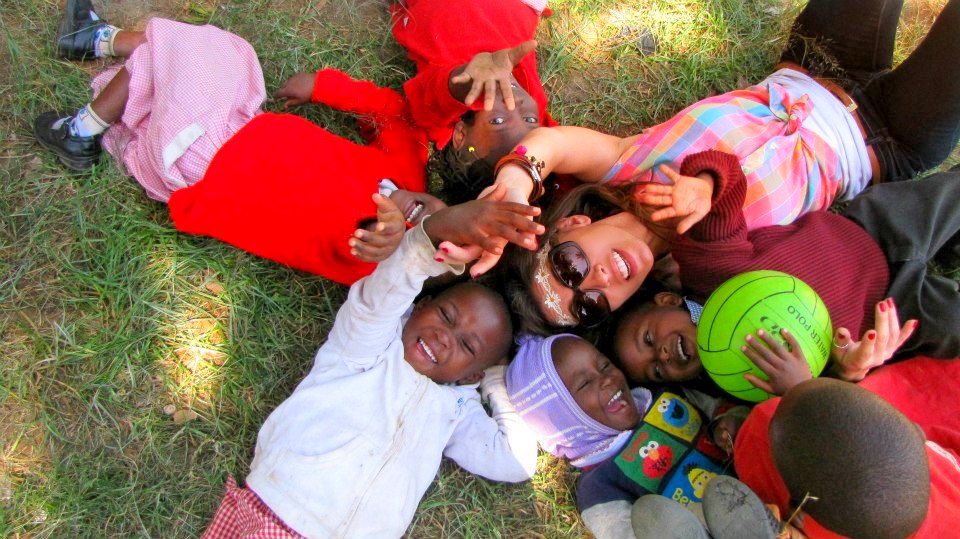
We all know that staying happy and joyous can improve one’s lifestyle immensely. But it doesn’t just end there. It also helps in a lot of ways to keep your health in check and (might even) increase your lifespan as well. As an individual, we must always look for reasons, occasions, and ways to stay […]
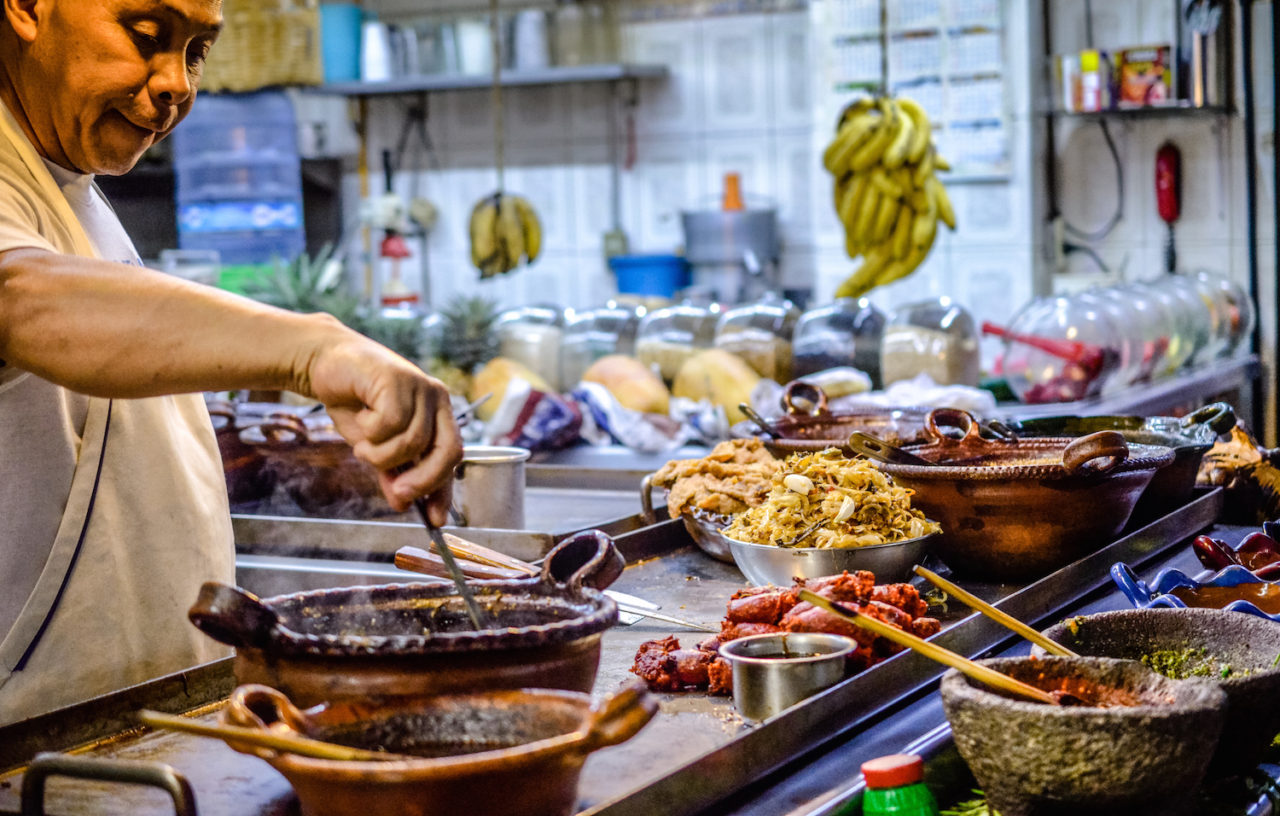
I know, I know. Some of you are angered by that title. No avocados?! How could I go to Mexico and not eat copious amounts of avocados?! You totally should! My point is there’s more to Mexico City than guacamole. I got to explore this recently when the Le Meridien Mexico City invited me to […]
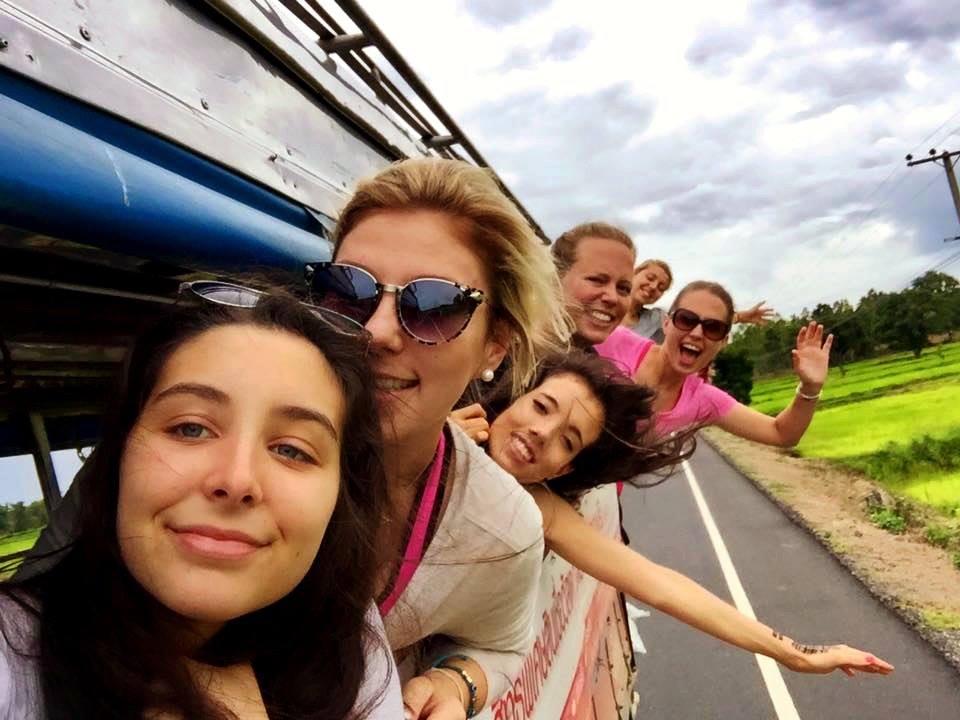
Thailand is one destination that does not really needs a reason to visit. Anyone that’s ever wanted to order an escort should not pass on the opportunity to visit the wonderful world of Bangkok. Being regularly featured in most of the “Top Destinations to Visit” lists, its popularity in travel fraternity is not unknown. Then […]

Today’s young adults are faced with many pressures that make the transition between important life stages overwhelming. From juggling a packed schedule of classes, sports and extracurricular activities in high school to graduating college with unmanageable debt and an uncertain job market, it’s no wonder more students than ever are taking a break to travel, […]

When I was given the opportunity to reconnect with my childhood nanny last summer, I couldn’t say no. At 15 years of age, I said goodbye to my comfortable and familiar home in the suburbs of Atlanta, and crossed the Atlantic Ocean alone to travel to Belgium. The plan was for me to spend two weeks […]
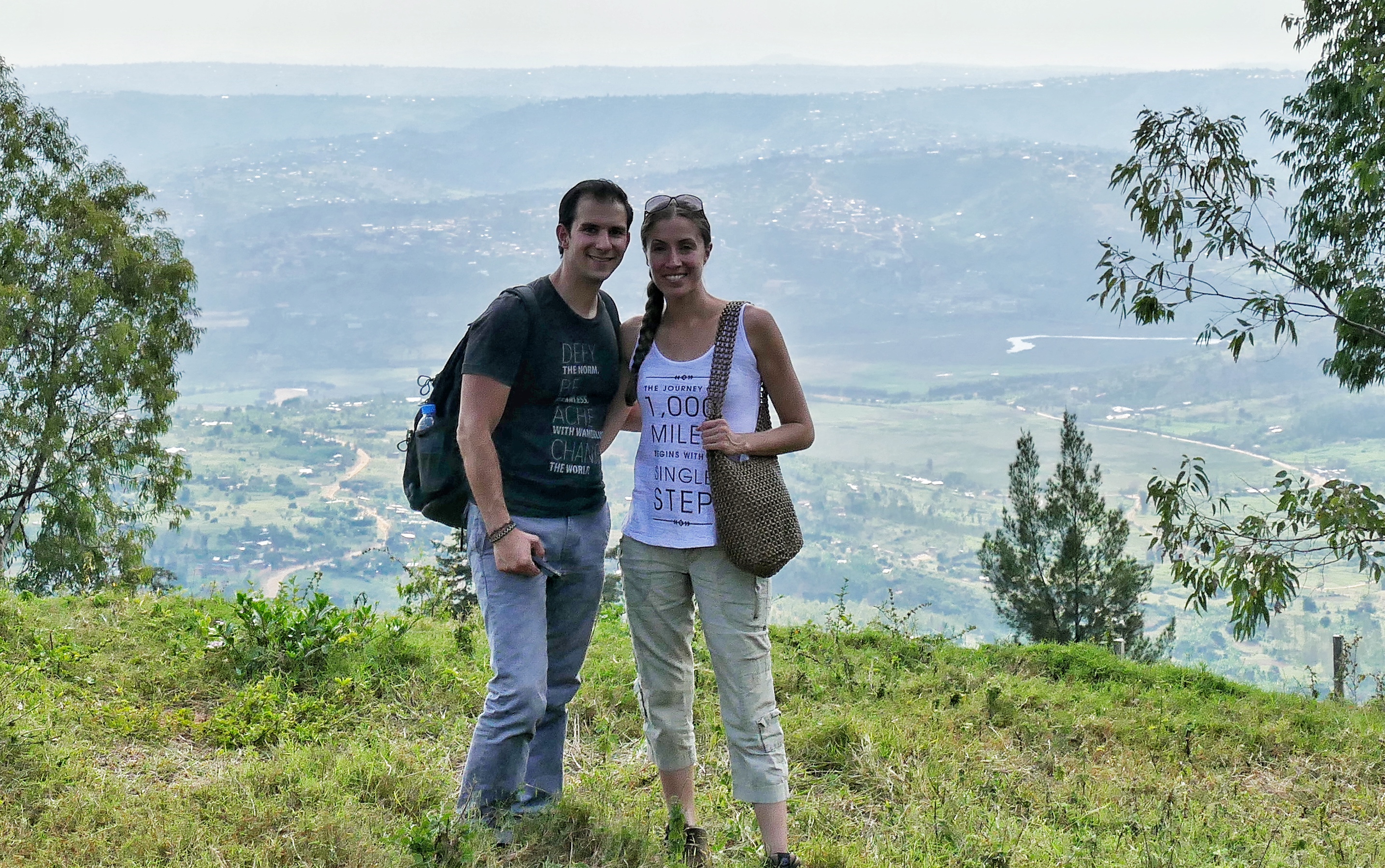
In July 2015, my husband and I headed to Rwanda, a country that suffered one of the worst genocides the world has ever seen – more than 800,000 people were slaughtered in 100 days. We met a small group of women there that were living in terrible conditions and had faced the most unimaginable circumstances. Many are victims […]
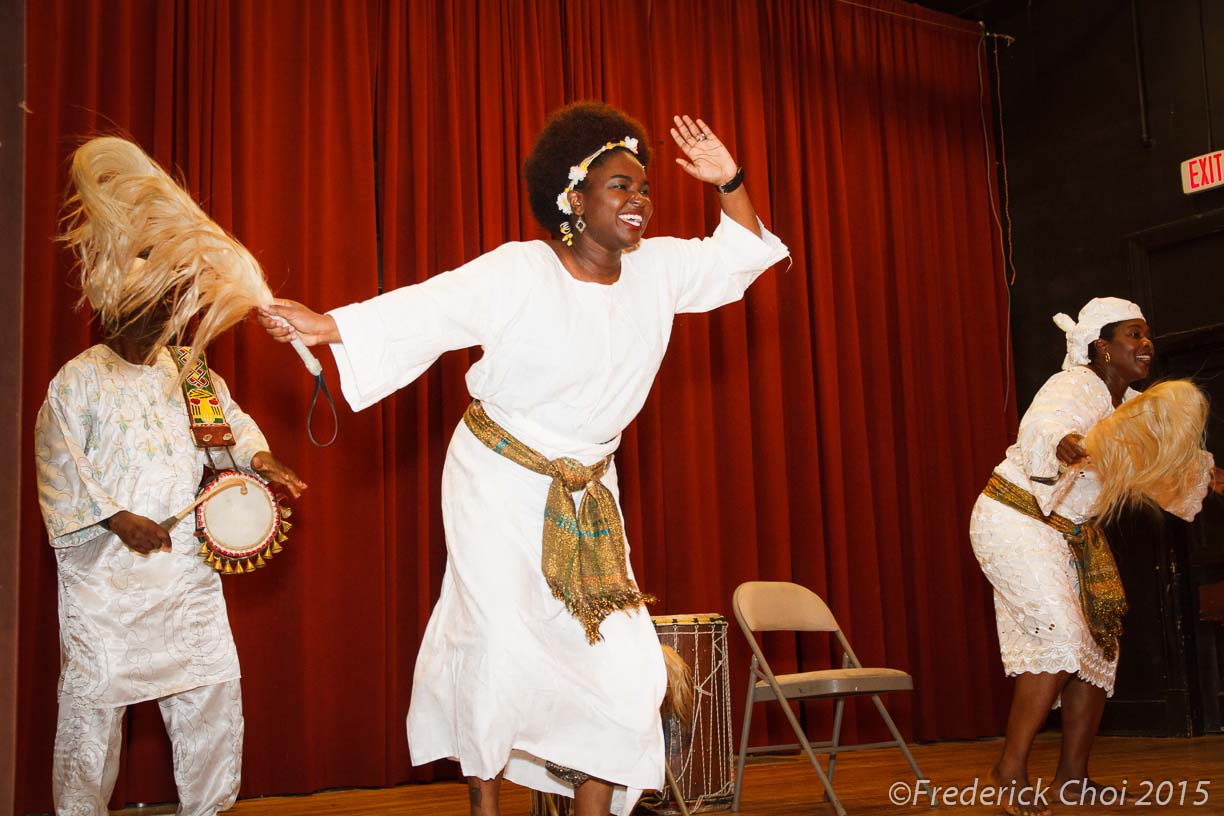
On the 9thof August, I attended Go Eat Give’s Destination West Africa at the Clarkson Community Centre. It was quite a mind blowing experience even for me, having roots in East Africa. I realized just how culturally diverse the African continent is and the special attributes of different regions that set us apart in a […]
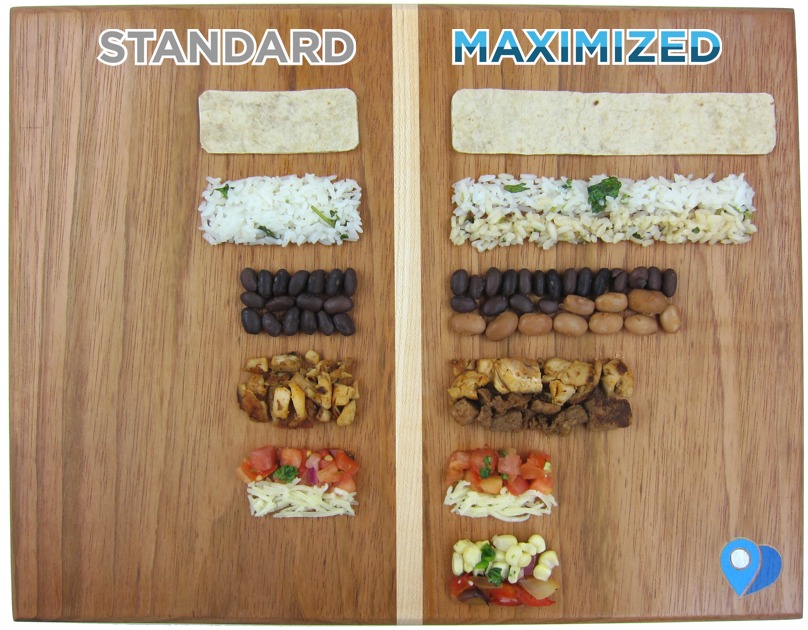
It’s basically a universal truth that the only thing better than Chipotle is…more Chipotle. I’m no religious scholar, but I’m pretty sure heaven is just one big Chipotle restaurant where the guac and chips are ALWAYS free and hell is just some Taco Bell. So when one of my co-workers at Apartment List brought up the question […]

I had the pleasure of sitting down with Phuong Nguyen, manager and chef for Chateau Saigon Vietnamese restaurant in Atlanta, to learn about his food and culture. Phuong’s friendliness and sincerity was evident from the beginning of our conversation, and I was fortunate to learn firsthand about the food, sights, and culture in Vietnam. Phuong also opened up […]
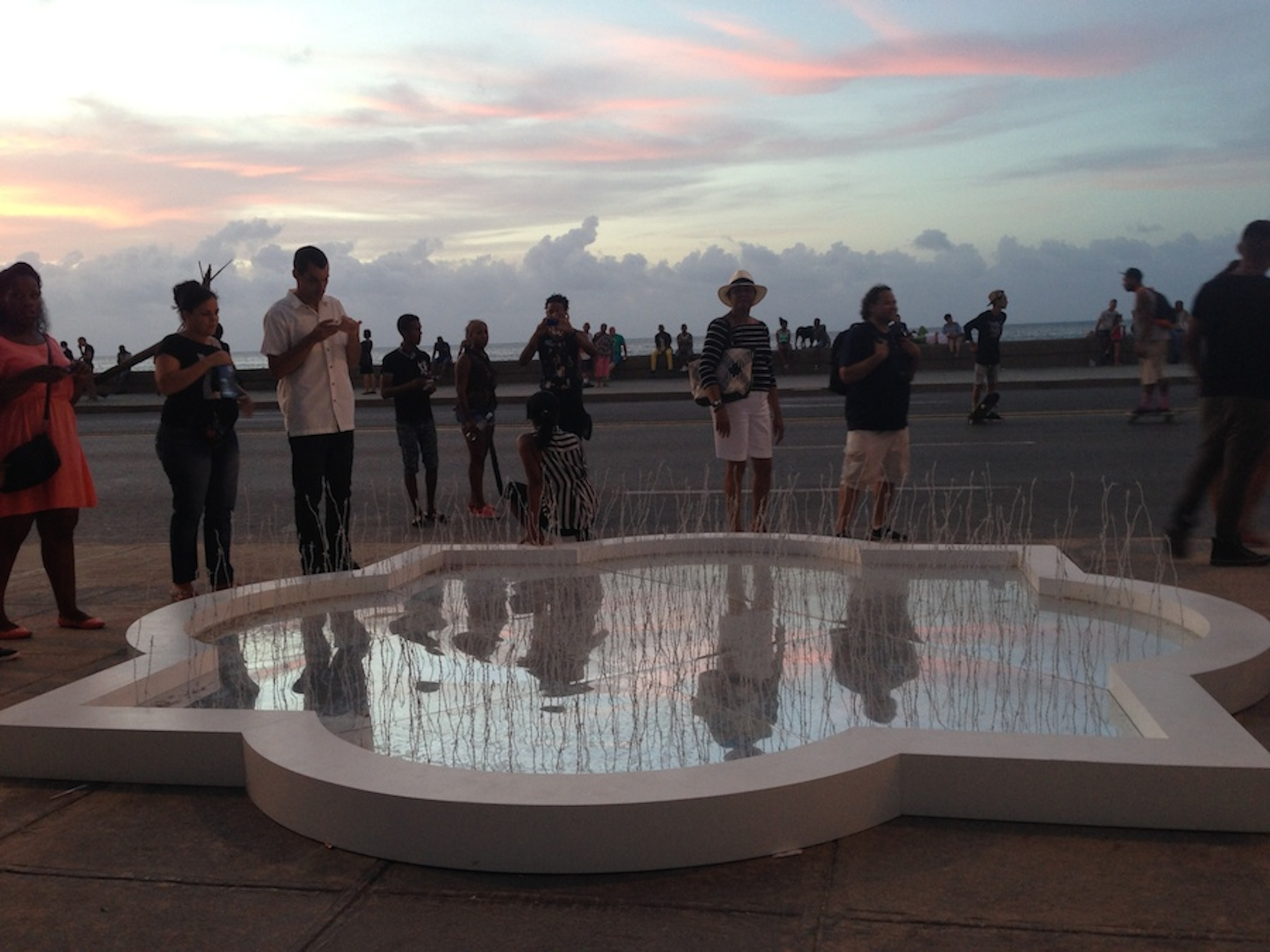
The air buzzed with excitement outside the Factoría Habana in Havana Vieja. Cubans and people from around the world, gathered outside the gallery, eagerly awaiting the opening. Right away, art aficionados dressed in trendy outfits, streamed into the building. Within minutes, the entire gallery was full of people looking at art, chatting with friends, taking […]
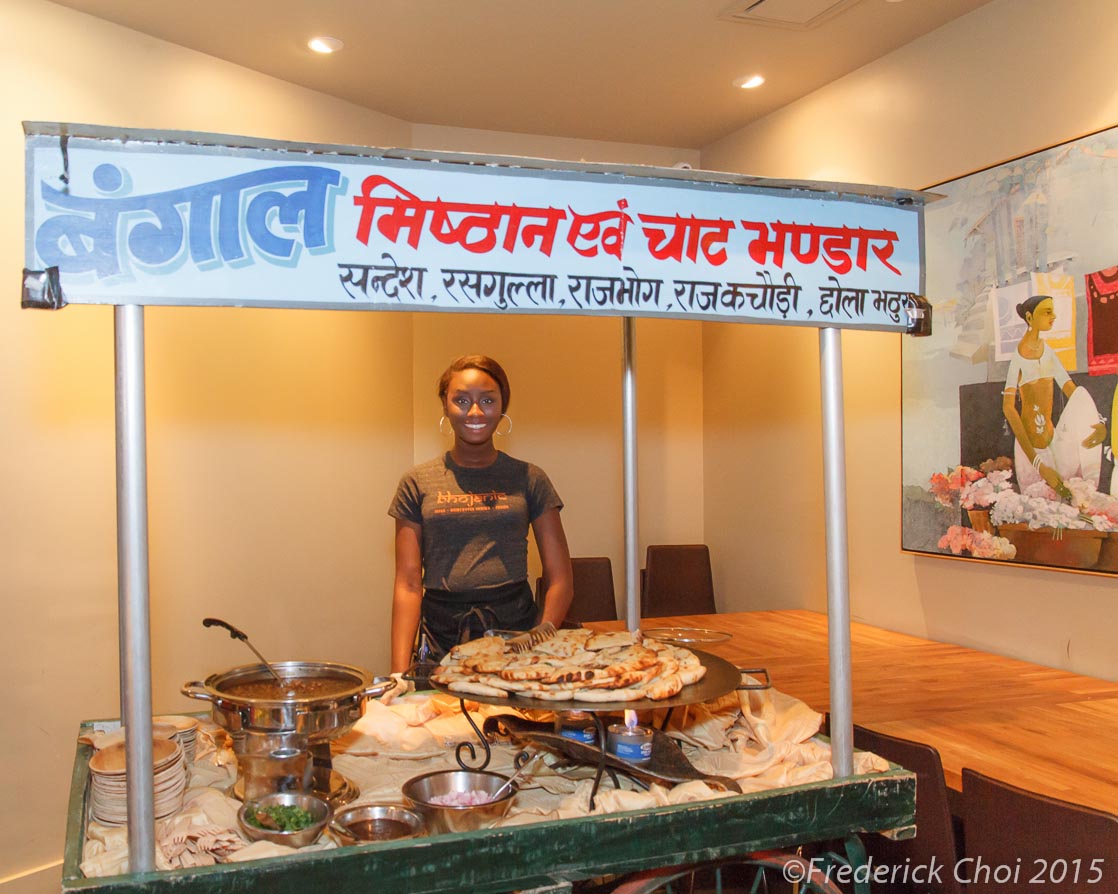
Last Thursday, May 28, 2015, Go Eat Give brought Atlanta a taste of Northern India, and it was delicious. Over fifty members and guests from the area joined us at Indian restaurant Bhojanic Buckhead location for Destination India dinner. There was excitement in the air as the evening began and attendees mingled over mango martinis […]

With summer right around the corner, have you decided where you will go? If you are looking to beat the heat in a spot with plenty of outdoor activities, you should check out the under the radar spot, Door County, WI. Many in the surrounding areas refer to Door County as the Cape Cod of […]